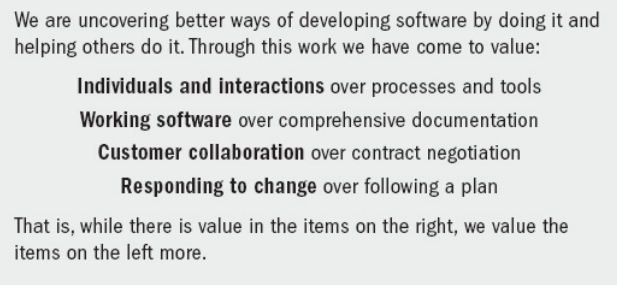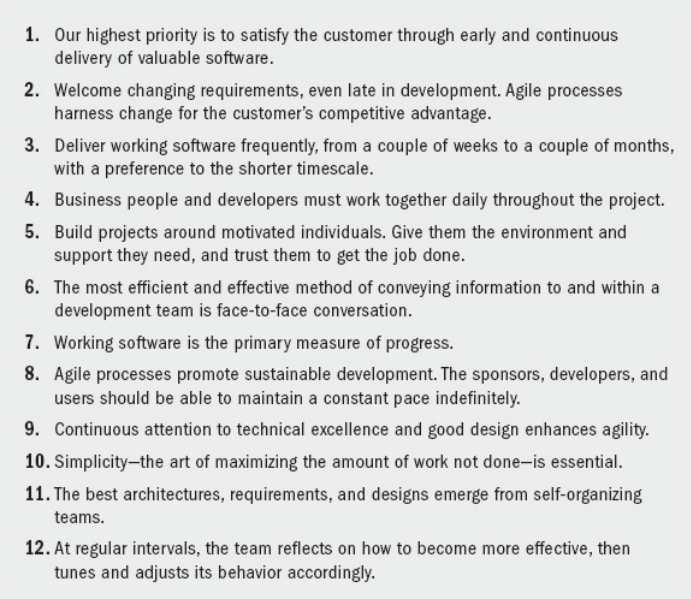In today’s fast-paced business world, where customer demands and requirements are constantly evolving, it is crucial for organizations to adopt an Agile approach to project management. Agile is a mindset, a set of values, and a set of principles that have been developed to meet the needs of high-uncertainty projects that require rapid adaptation to change. In this article, we will provide an overview of Agile approaches and methods and explain how they can benefit your organization.
Definable Work vs. High-Uncertainty Work
Project work can range from definable work to high-uncertainty work. Definable work projects are characterized by clear procedures that have proved successful on similar projects in the past. On the other hand, high-uncertainty projects require subject matter experts to collaborate and solve problems to create a solution. These projects have high rates of change, complexity, and risk. Agile approaches were created to explore feasibility in short cycles and quickly adapt based on evaluation and feedback. This approach is more suited to high-uncertainty work where traditional predictive approaches may not be suitable.
The Agile Manifesto and Mindset

In 2001, thought leaders in the software industry formalized the Agile movement with the publication of the Manifesto for Agile Software Development. The manifesto consists of 12 principles that flow from four core values: individuals and interactions, working software, customer collaboration, and responding to change. Although originating in the software industry, these principles have since spread to many other industries. The various Agile approaches in use today share common roots with the Agile mindset, values, and principles.

Agile Approaches and Methods
Agile approaches and methods are umbrella terms that cover a variety of frameworks and methods. The term “Agile” refers to any kind of approach, technique, framework, method, or practice that fulfills the values and principles of the Agile Manifesto. There are two strategies to fulfill Agile values and principles. The first is to adopt a formal Agile approach, intentionally designed and proven to achieve desired results. The second is to implement changes to project practices in a manner that fits the project context to achieve progress on a core value or principle.
Lean and the Kanban Method
Agile and the Kanban Method are descendants of lean thinking, which is a superset that shares attributes with Agile and Kanban. The Kanban Method is less prescriptive than some Agile approaches and less disruptive, as it is the original “start-where-you-are” approach. Project teams can begin applying the Kanban Method with relative ease and progress toward other Agile approaches if that is what they deem necessary or appropriate.
Conclusion
In conclusion, Agile approaches and methods are designed to meet the needs of high-uncertainty projects that require rapid adaptation to change. Agile is a mindset, a set of values, and a set of principles that are applicable to a wide range of industries. By adopting an Agile approach, organizations can deliver a continuous flow of value to customers and achieve better business outcomes.
